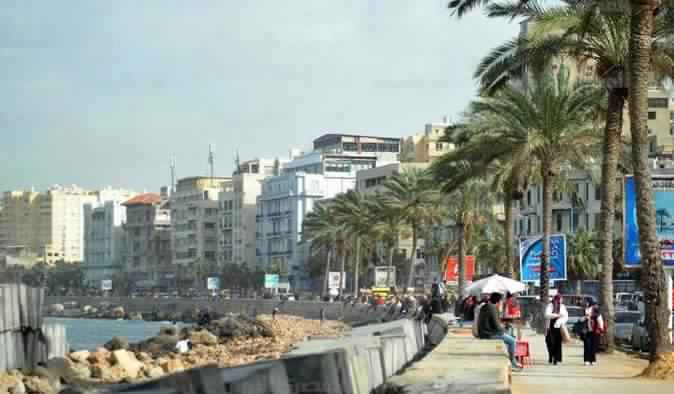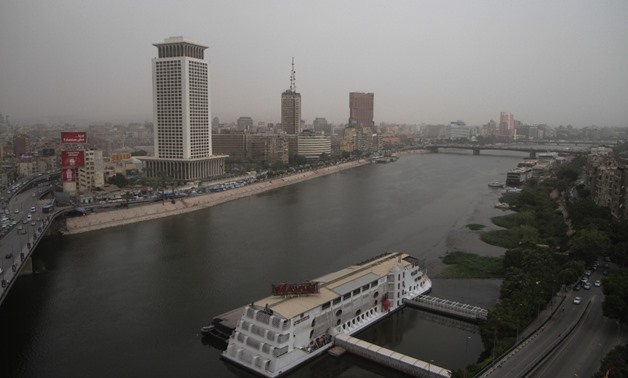Barfleur is France’s smallest town, occupying less than 60 hectares at the extreme western tip of Lower Normandy, and has been labeled one of the country’s most charming villages.
The town is battered by the salty winds that blow in from the harbor where noisy seagulls and large, graceful albatrosses hover constantly over the rock jetty. The sun is temperamental in Normandy in general, its brief appearances a few times per day alternating with refreshing rain showers and menacing dark clouds. The Normans view their weather a bit philosophically – as indicated by the postcard racks in souvenir shops that tackle the issue. One postcard depicts a weather bulletin of the region with a tiny sun surrounded by big grey clouds and rain drops, next to a second image filled with yellow suns over the message “I have a dream.”
In August, the handful of tourists who venture as far as Normandy sport thick fleeces zipped up to their ears, while others opt for the chic local version of knitted wool pullovers from St James (“James” is pronounced [ja:m], the French way). Obviously, the highlights of cute Barfleur – apart from freezing, sneezing and buying pullovers – lie elsewhere.
Barfleur is nationally (or at least regionally) famous for its excellent orange-fleshed mussels in white wine, floating in fresh cream and topped with finely chopped parsley. They are particularly delicious at the Café de France restaurant on the jetty. The mussels, known as “la Blonde de Barfleur,” and oysters are cultivated at sea and brought to the port to supply the various restaurants that line the harbor. The fresh, pearly-fleshed oysters are often served as starters on a pewter plate and a bed of twisted seaweed. If you give in to the temptation to conclude this already calorific meal with a melting Norman apple tart generously covered by spoonfuls of fresh cream, and feel a bit regretful afterwards, take a long walk by the jetty to admire the dramatic surroundings. Colorful wooden fishing boats docked in the port bring pastel touches to the landscape and brighten the low, grey skies. The typically austere Barfleur houses, made of grey granite with shale roofs, date back to the 18th and 19th centuries, and can jealously hide ravishing flowery courtyards.




